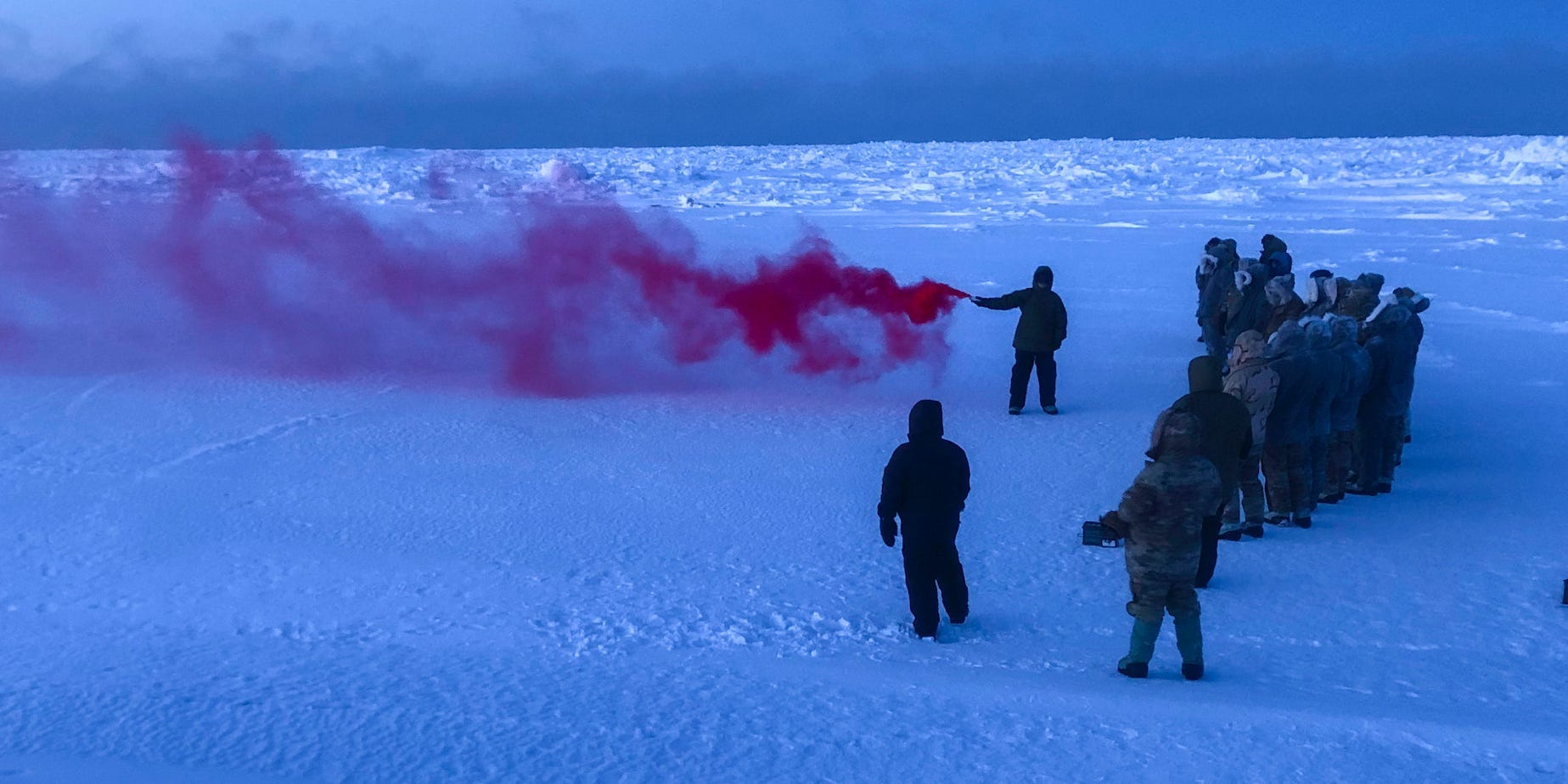
US Air Force/Maj. Tyler Williams
- In combat, all troops face a risk of being captured, and the rules regarding their treatment while in captivity are often ignored.
- The US military has a courses of varying complexity and intensity to prepare troops to evade capture and survive if they're caught.
- See more stories on Insider's business page.
In combat, all troops face the danger of being captured.
Although the Geneva Conventions regulate how captors can treat prisoners of war, many nations or commanders have ignored them during actual conflicts. Terrorists or insurgent groups with little regard for the law of armed conflict are often the worst offenders.
Consequently, all US service members go through prisoner-of-war training, but not all receive the same amount and quality of training.
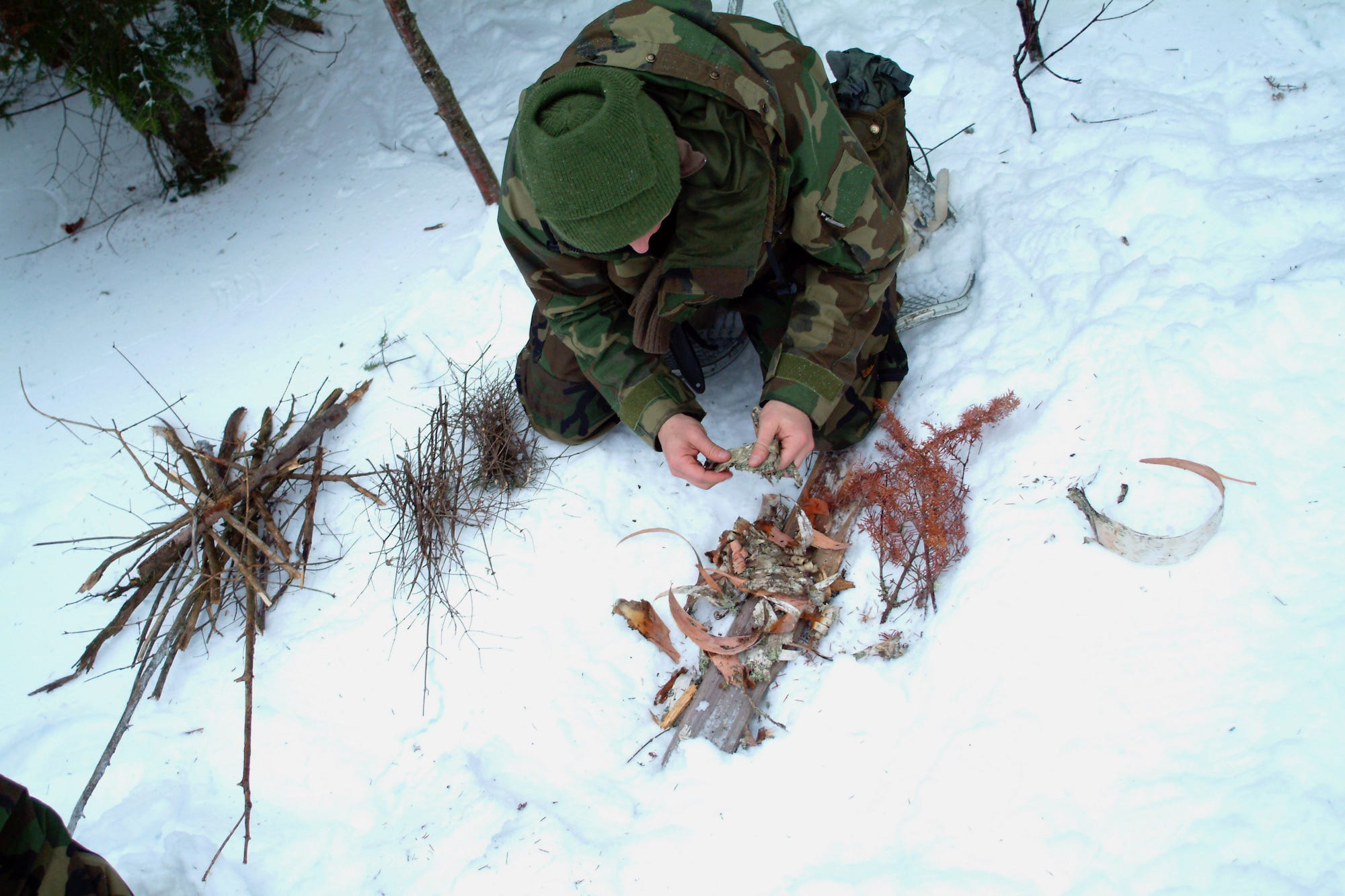
US Navy/PO1 Roger Duncan
The most exclusive training is reserved for special-operations units because of the high-risk nature of their job. Commandos undergo rigorous training on how to survive in the wilderness, evade capture, resist interrogation, and even withstand torture.
World War II and the Korean War prompted the US military to create a Code of Conduct for captured troops to make clear that their service didn't end if they were captured and that they should adhere to the same values while they were prisoners of war.
But the Vietnam War revealed the gaps in that training, and after that conflict, the US military began putting troops through the Survival, Evasion, Resistance, and Escape (SERE) course.
Return with honor
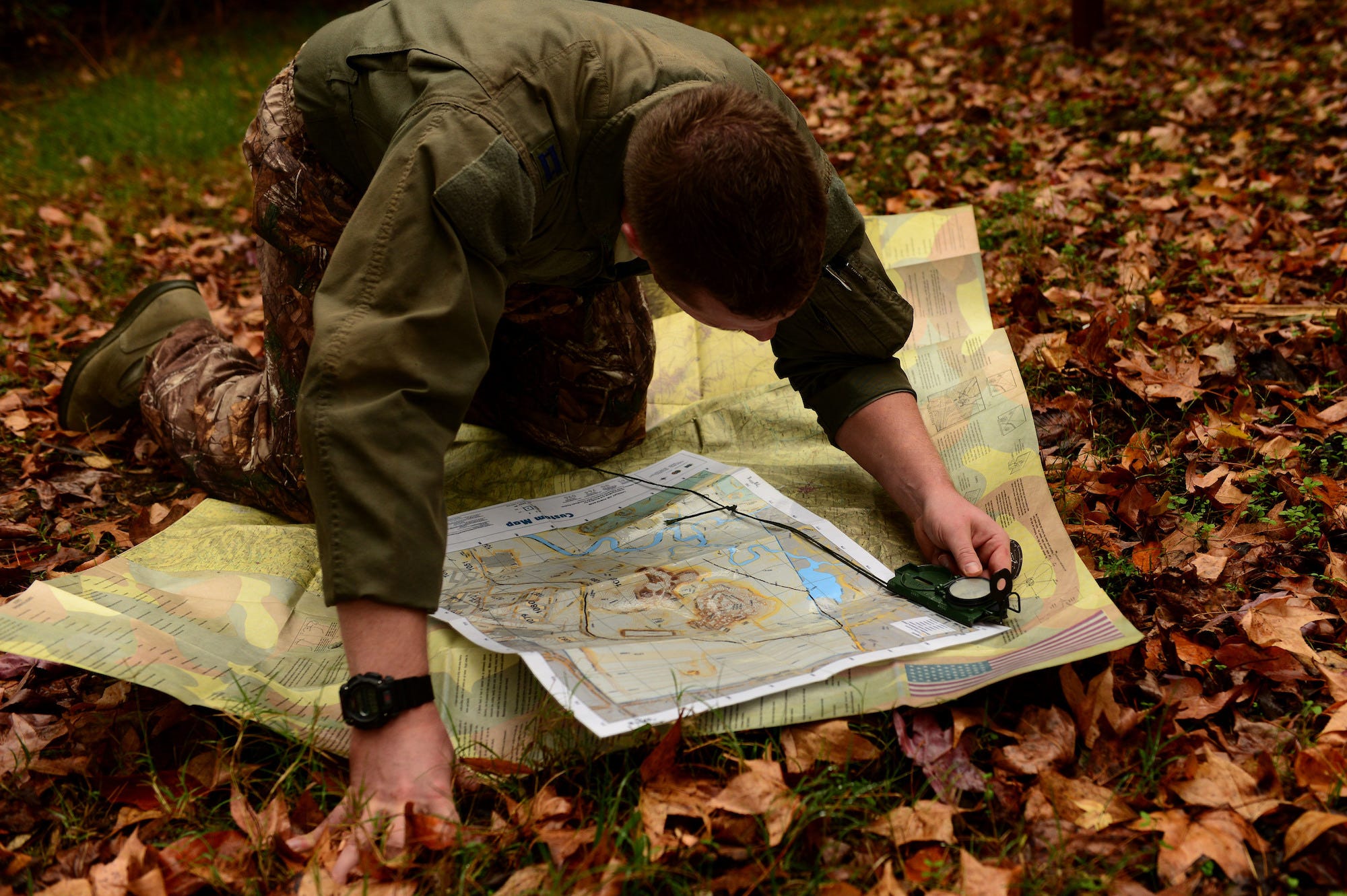
US Air Force/Airman 1st Class Derek Seifert
There are three levels of SERE - A, B, C - that are progressively more demanding and tailored to different service members. Each service conducts its own SERE training, with a total of five military facilities authorized to run the course.
Who attends SERE and which version they go to has changed throughout the years. In the past, not every member of each special-operations unit has attended the entire course.
For example, most Green Beret trainees only used to go through the survival portion, with a select few attending the entire curriculum. Now all Special Forces trainees going through the SERE "C" level as part of the Special Forces Qualification Course.
All enlisted and commissioned troops attend the "A" level class that teaches the basics of the Code of Conduct. This is a bare-minimum course that doesn't prepare troops for the rigors of capture and captivity.
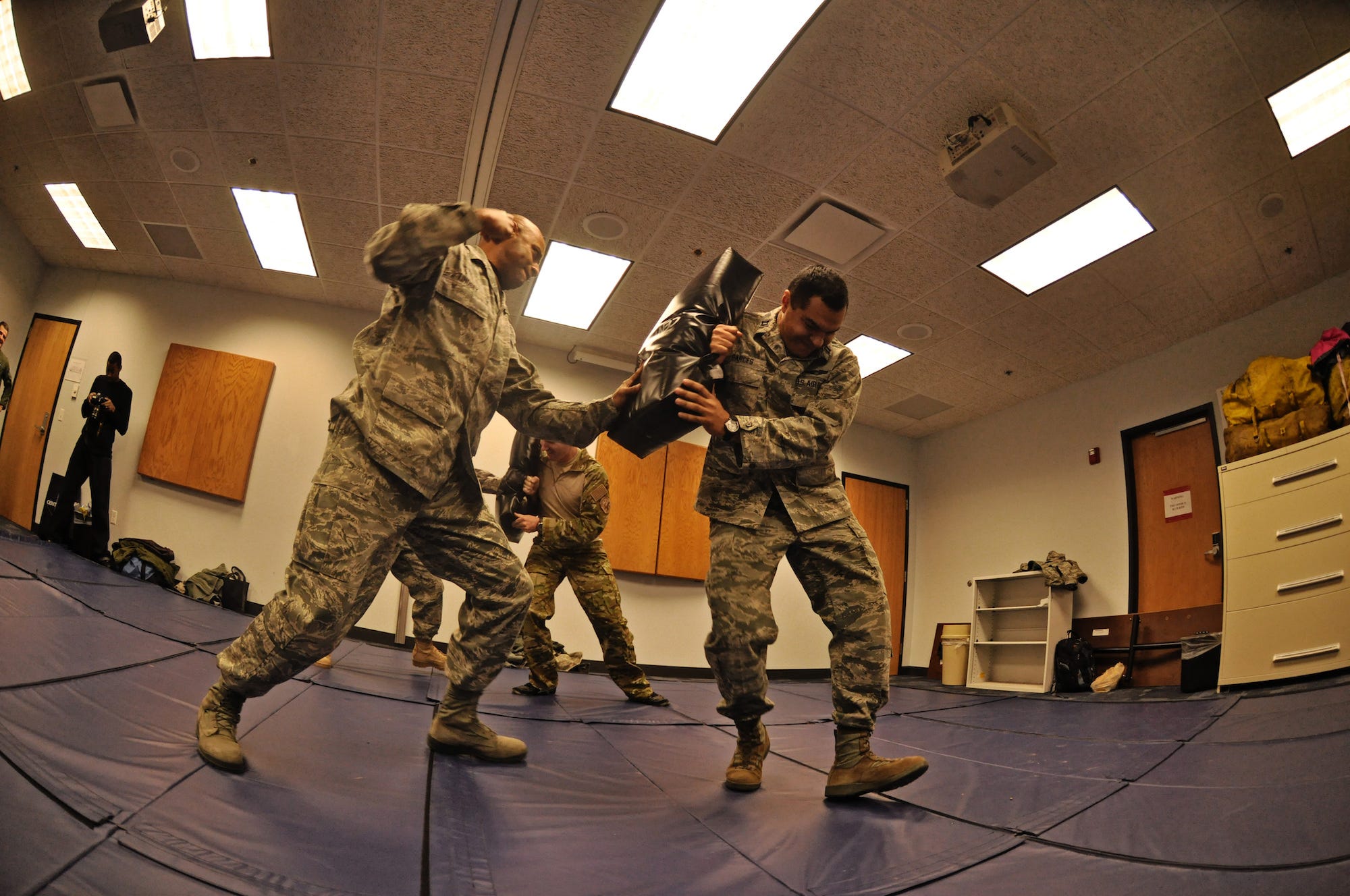
US Air Force/Staff Sgt. Ryan Crane
The "B" level class is more selective and designed for personnel - such as infantry and armor troops, combat engineers, and security forces, among others - whose jobs have a moderate risk of capture and of facing interrogation or other attempts to extract information.
Additionally, anyone deployed to a combat zone goes through the B-level class, which is usually conducted in-house wherever the unit is located. The wars in Iraq and Afghanistan, where some non-combat troops found themselves on the front lines, showed the need for robust and widespread training for captivity and interrogation scenarios.
Finally, at the high end is the "C" level class. Designed for troops whose jobs put them at high risk of capture and interrogation, the "C" level course is the hardest and most challenging SERE course that is widely available.
Tier 1 special-missions units, such as Delta Force and the Naval Special Warfare Development Group (formerly known as SEAL Team 6), do have additional SERE training for their operators.
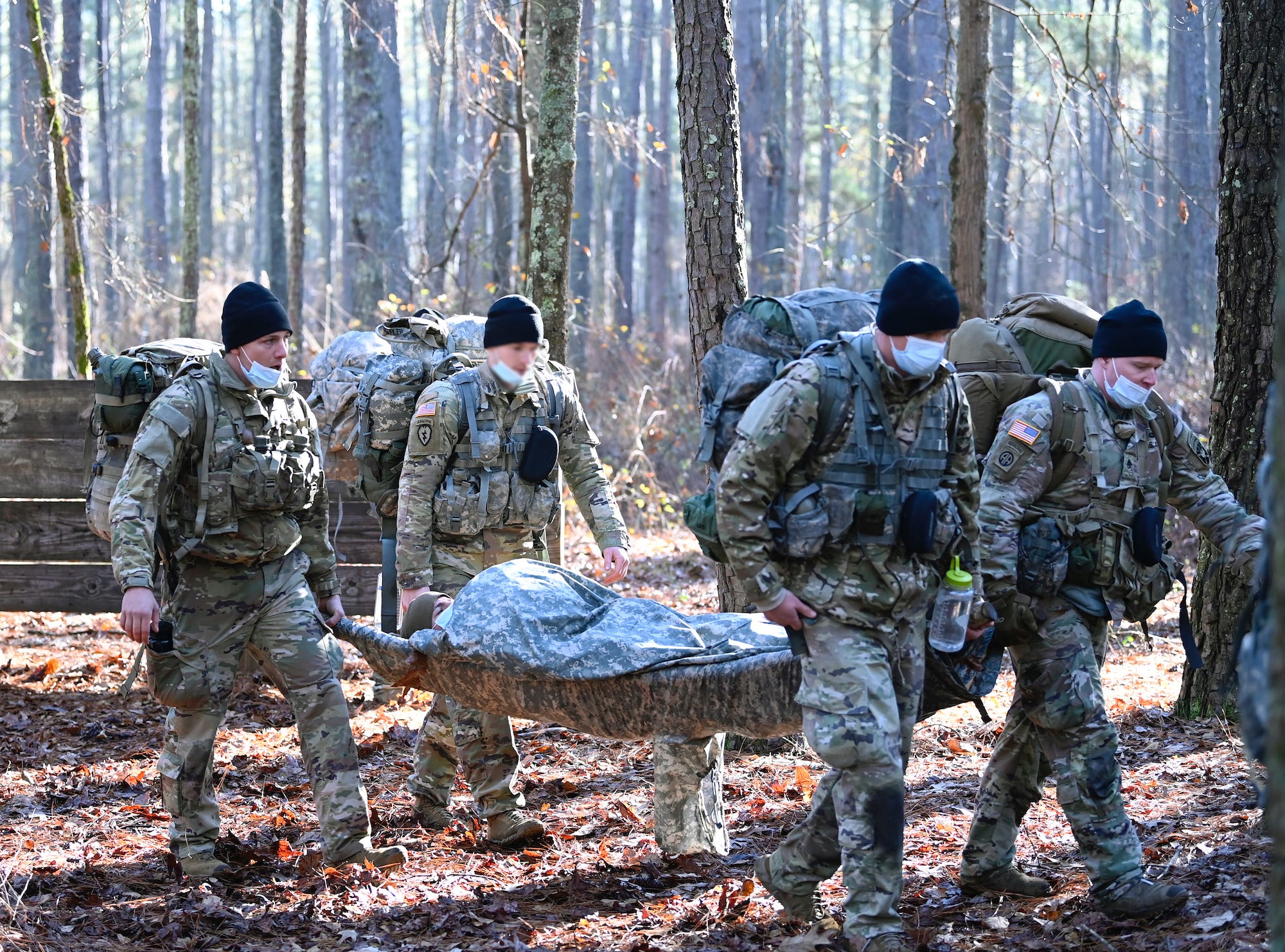
US Army/K. Kassens
The "C" level course is primarily attended by special operators and aviators, but it's also open to personnel in some other career fields, such as military attaches who are sent to embassies around the world and thus face the danger of abduction or of being held hostage.
The "C" level class is conducted over the course of 21 days and is broken into three phases, which teach commandos and aviators how to conduct themselves if they are captured, how to survive in the wilderness, how to evade capture, how to resist interrogation, and how to escape from captivity. The cadre often brings former American prisoners of war to talk to the students.
"SERE school is a great if totally a 'No-Fun' zone. It serves as a reminder that you in no uncertain terms don't want to become a POW," Steve Balestrieri, a retired Special Forces warrant officer, told Insider.
The first phase, which lasts 10 days, consists of classroom and field instruction on the Code of Conduct and SERE techniques. During the second phase, students are "released" to the field, where they try to survive and evade an enemy force hunting them.
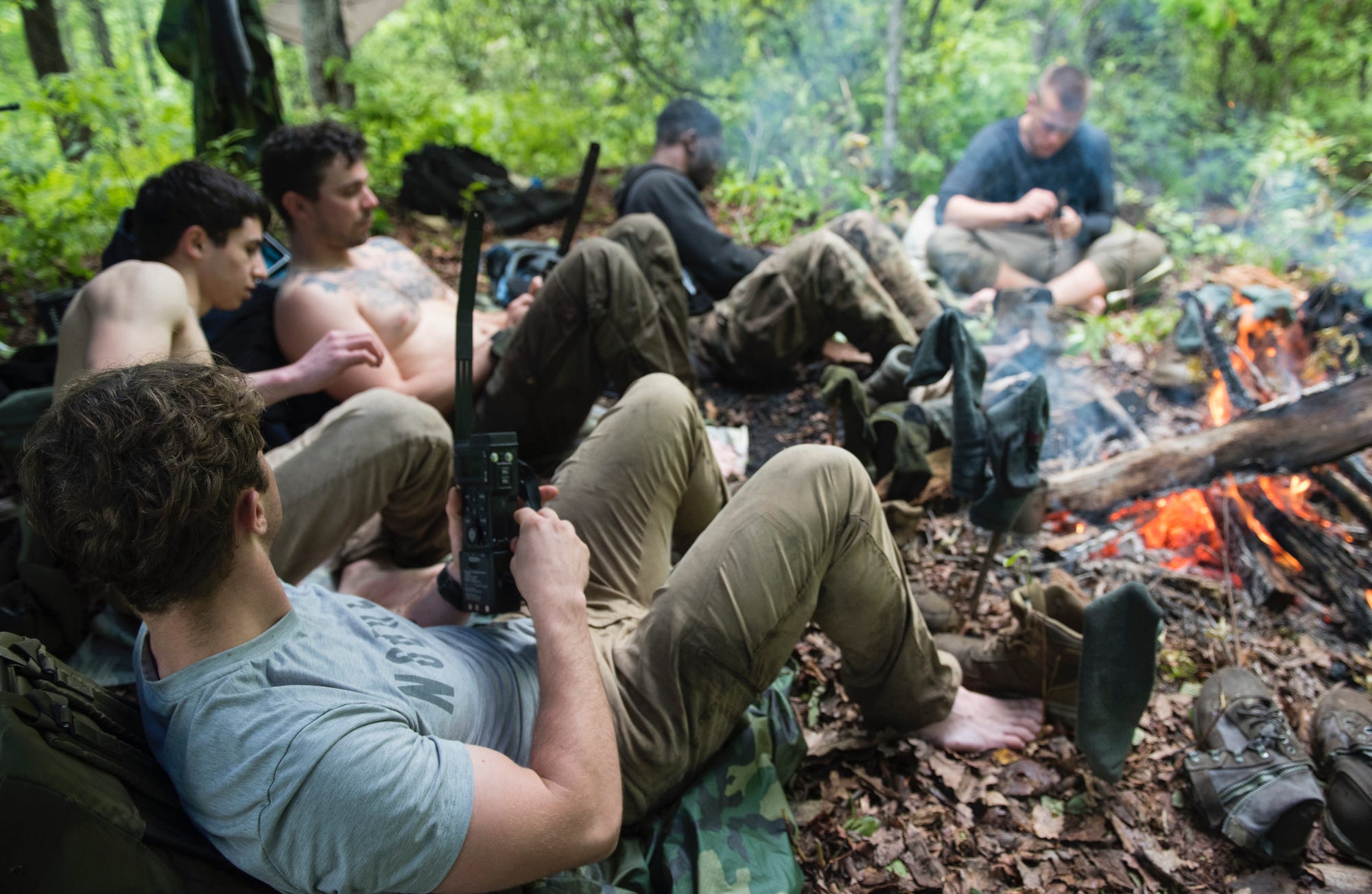
US Air Force/Senior Airman Kenneth Boyton
The field exercise lasts five days, during which the students use the techniques they learned in the first phase. The instructors try to make this phase as realistic as possible, using tracker dogs and other hunting techniques.
Finally, the field exercise ends with the "capture" of the students, signaling the beginning of the third and most interesting phase.
In the third phase, students are placed in a mock prison where the cadre puts them through individual and collective tests of their training and ability to resist interrogation and exploitation.
Chris Ryan, a former SAS operator who escaped Iraqi forces after his team was compromised during the first Gulf War, has said that the instructors "you've got to watch for are the female interrogators."
"They'll get you to take your coveralls off, and it's freezing cold. Things between your legs disappear. What she'll do is start pulling the piss [making fun] out of your body," Ryan said in an interview earlier this year.
"On my selection, there were six of the biggest lads, all hard as nails and Falklands veterans, or seen action in other places. They all cracked under a female interrogator. They'd just blown four and a half months hard work and were taken off [SAS] selection," Ryan said.
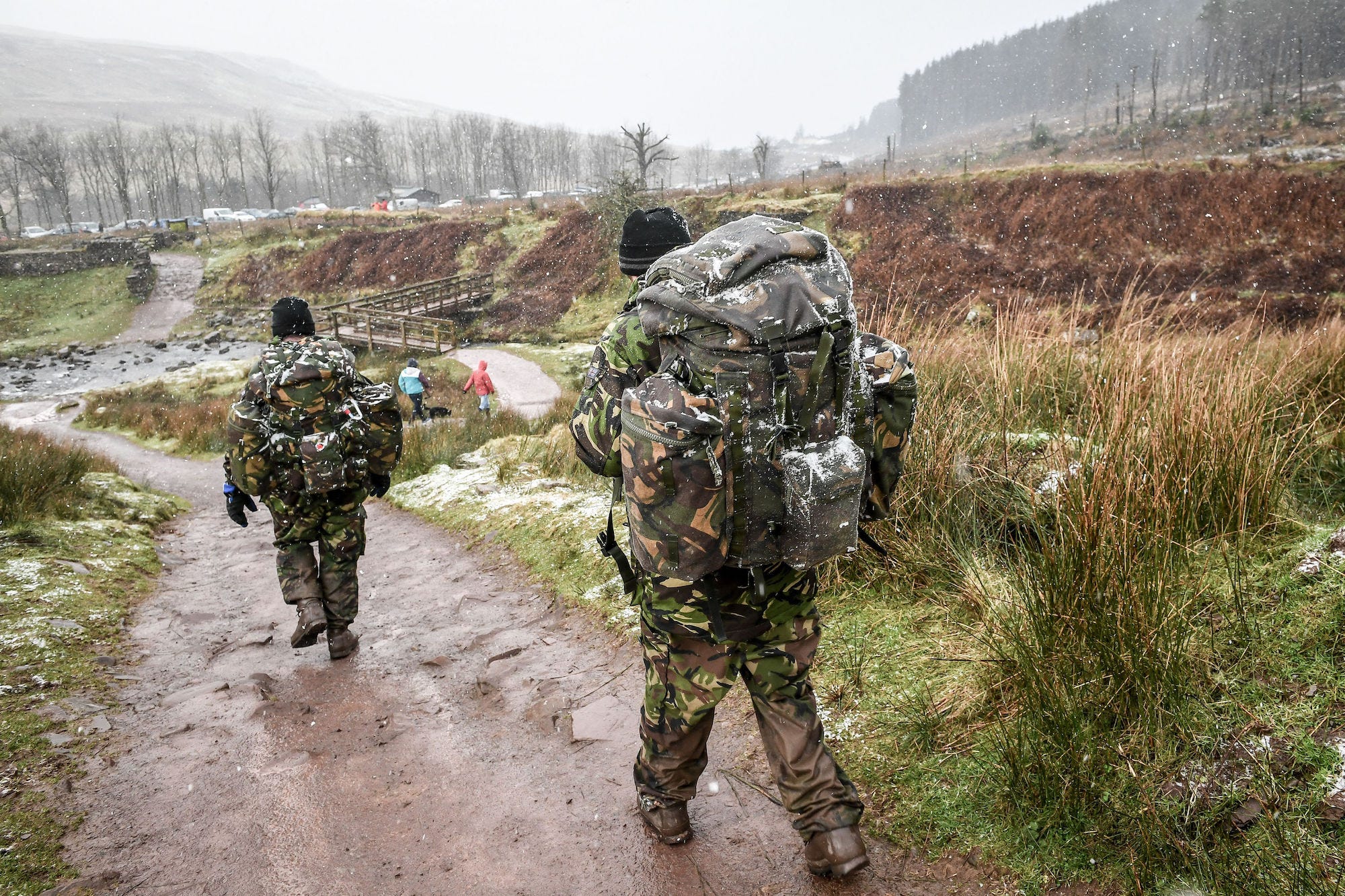
Ben Birchall/PA Images via Getty Images
Candidates to join the SAS, an equivalent of the US Delta Force, undergo a course very similar to SERE called "Escape & Evasion & Tactical Questioning" during the final stages of their selection.
Much of what goes on during this phase is classified but some level of physical violence is authorized, though it is monitored and regulated.
During this phase, students receive little food and sleep, which when combined with the previous phase makes for some exhausted candidates, thus allowing the cadre to test them at their limits of their endurance.
SERE instructors and students say little about how the course ends. While conclusions vary, they often feature something to break the tension that participants have dealt with over the preceding days, such as a simulated rescue.
"My most memorable SERE experience has to be the way the class ended. Many of the classes are ended in different ways, but ours was memorable and emotional," Balestrieri said.
Once the final phase ends, students get a day to recuperate before the final debriefing.
Stavros Atlamazoglou is a defense journalist specializing in special operations, a Hellenic Army veteran (national service with the 575th Marine Battalion and Army HQ), and a Johns Hopkins University graduate.
